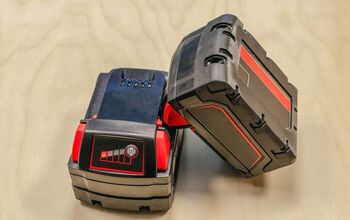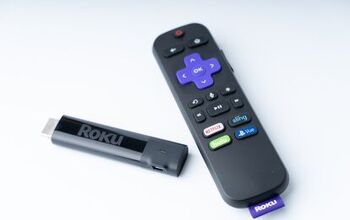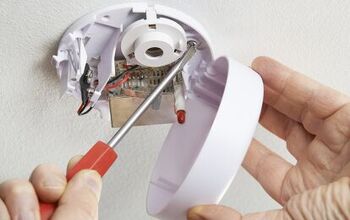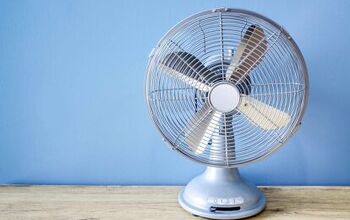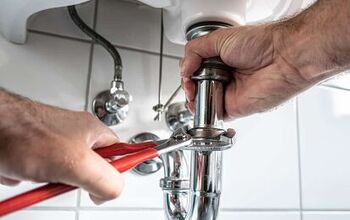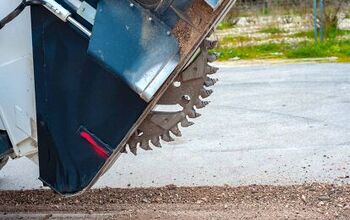Eight Drain Maintenance Tips To Do Monthly

Whether it's the drain in your kitchen sink or the one in your bathroom or shower, you’ve probably dealt with some annoying clogs. Clogs always appear at inconvenient times, especially if you don’t work hard to prevent them. You can avoid stubborn clogs if you keep up with a monthly drain maintenance routine.
Routine hot water flushes are an essential part of any drain maintenance schedule. Heat a pot of water until it’s almost boiling, then pour it down the drain to soften clogs and liquefy grease. It also helps to treat your drain with an enzyme cleaner each month and install a drain stopper and strainer combo.
Of course, you must regularly clean your stopper, or else the gunk will enter the drain. Never pour grease, oils, or fat down the drain, or you’re going to need to call a plumber. Follow along as we highlight eight essential monthly drain maintenance tips.
Eight Preventive Drain Maintenance Tips
It’s better to prevent drain clogs than to spend a fortune fixing them. Luckily, this is relatively easy if you stick to a preventive maintenance schedule, starting with:
1. Keep Out FOG
Cooking for yourself while maintaining a professional and social schedule can be busy. However, you can make life harder than it needs to be if you aren’t careful with your post-cooking cleanup. Fats, oils, and grease (FOG) can quickly clog your drain and lead to thousands of dollars in plumbing maintenance and repair.
Most people know not to put grease down a kitchen drain, even if they lack plumbing experience. That said, you may not realize how hard it is to not let fats, oils, and grease slip through. For example, you may think it's okay to pour vegetable oil down the drain, but that’s not true.
Vegetable oil may as well be bacon grease, in that it starts thin but eventually solidifies when it cools down. Always wipe your pots and pans with a paper towel before rinsing them out. Keeping FOG out of your drain can save you hours of maintenance and countless dollars.
2. Regular Hot Water Flushes
You’re not alone if you’ve boiled many pots of water to unclog stubborn drain clogs. Those clogs may never form if you get proactive and flush your drains with hot water on a monthly basis. That said, you should think twice before letting the water reach a full boil, especially if you have PVC pipes.
Boiling water can warp, soften, and damage PVC pipes, causing worse problems than simple clogs. Even if your pipes aren’t made of PVC, you should still avoid pouring boiling water down the drain. Instead, bring a pot of water close to a boil, remove it from the burner before it boils, and then pour it out.
You shouldn’t have any problems if the water is within the 120-140 degrees Fahrenheit range. This is hot enough to soften clogs and liquefy grease, and you should do it monthly. It won’t help with hair clogs, but hot water flushes can make kitchen drain maintenance much easier.
3. Use A Stopper
Food remnants and grit are just as bad for your kitchen drain as fats, oils, and grease. Whether it's coffee grounds and lettuce or eggshells and rice, food remnants can clog your drain. Rice and noodles can swell and create huge blockages in your drain.
Even worse, these food remnants can cling to grease in your drain and block water from flowing. Adding soap scum to the mix, your drain can become a disgusting habitat of rotting food and bacteria, and it will smell bad. You can largely avoid this problem if you put a stopper over your sink drain.
Today, you can find two-in-one strainers and stoppers that can keep food and grit out of your drain. However, you must regularly clean your stopper each month, or else it won’t help too much. The best way to do this is to put your stopper in a bowl with warm water and dish soap, then scrub it.
4. Install A Hair Catcher
Whether you have long hair or short hair, there’s a good chance that your shower drain is full of it. Even if you’re bald, your shower drain can get clogged with body hair. Installing a hair catcher over the drain can protect your drain from hair clogs.
Granted, you must still manually remove hair from the walls and floor in your shower as needed. Some people prefer using drain stoppers instead of hair catchers, however, that can get messy, as your tub may quickly fill with water, which can splash around. As well, you must also fish the hair out of the water, which is harder than removing it from a catcher. Hair catchers cost as little as $10, and you can find them at most home improvement stores.
5. Avoid Caustic Chemicals
Nobody can blame you if you’ve ever become desperate after dealing with stubborn drain clogs. That’s typically why people buy commercial drain cleaners, also known as drain openers. However, the average plumber will tell you to avoid such products, as they can seriously damage your pipes.
Many common drain cleaners, like Drano, contain caustic liquids, like lye, which can melt pipes. This is true whether your pipes are made of plastic or metal. Commercial drain cleaners can damage pipe seals as well and in some cases, can create huge leaks.
The other big problem is that some people use Drano, then don’t tell the plumber about it. In that case, the plumber can inadvertently splash Drano on their skin or eyes and may need to visit the emergency room. It’s okay to use it occasionally in extreme cases, but using commercial drain cleaners regularly can destroy your pipes and even harm you.
6. Routine Enzyme Cleaner Treatments
Enzyme drain cleaners aren’t as heavily marketed as caustic drain openers, but enzyme cleaners are better. That’s because they lack caustic chemicals and instead utilize enzymes and bacteria to do the same job. While you can use enzyme cleaners in emergencies, they especially excel at preventative maintenance when used correctly.
Once a month, you can pour an enzyme drain cleaner, like Bio-Clean, down your drain to prevent buildup. Enzyme drain cleaners break down grease and food scraps and help keep drains clear. Applying an enzyme drain cleaner monthly can ensure your pipes don’t reach the point of severe clogs.
Of course, you must still avoid pouring fats, oils, and grease down your drain, or else your sink may still clog. You can find enzyme cleaners formulated for different types of clogs, like hair and grease. That makes enzyme cleaners just as useful in the shower as they are in your kitchen sink.
7. Apply Baking Soda And Vinegar
Baking soda and vinegar are among the most common household remedies for many common problems. When combined, they can help keep your drains clear and prevent expensive plumbing emergencies. That’s because of the explosive acid-base reaction, which is strong enough to dislodge many clogs.
While this helps in emergencies, you can prevent emergencies if you put baking soda and vinegar in your drain several times yearly. Some people do this monthly, which helps, but you should aim for at least 4 applications per year. First, pour ½ cup of baking soda into your drain, then pour 1 cup of distilled white vinegar down the drain.
Cover the drain with a stopper or a wet rag to maximize the benefits and prevent the reaction from spilling out. Let the reaction work its magic for 15 to 30 minutes, then pour a pot of nearly-boiling water down the drain. Doing this throughout the year can keep your drains clean and clear and prevent emergencies.
8. Regularly Snake Your Shower Drain
Whether you use a hair catcher or not, some loose hair will still probably enter your shower drain. This is normal, and most people don’t notice problems until after months of hair accumulation in the drain. Every homeowner should keep even the most basic plastic hair snake in or around their bathroom.
They typically cost between $4 and $10, and they’re easy to use without experience. Ideally, you should spend a few minutes snaking your shower drain per month, if not every other month. Doing so will prevent stubborn hair blockages and keep the water flowing nicely.
You must be careful when snaking your drain, especially if you have a cheap snake. Otherwise, a part of it may break off and further clog your drain. You shouldn’t have a problem if you work slowly and exercise caution.
Summing It Up
Keep fats, oils, and grease out of your drain to prevent expensive drain maintenance. It’s also important to pour nearly-boiling water down your kitchen sink drain at least once monthly. Ideally, you should use a sink strainer and stopper combination and treat your drain with an enzyme cleaner each month.
Related Guides:

Nick Durante is a professional writer with a primary focus on home improvement. When he is not writing about home improvement or taking on projects around the house, he likes to read and create art. He is always looking towards the newest trends in home improvement.
More by Nick Durante

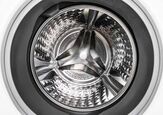








![How Much Weight Can a 4×4 Support Horizontally? [It Depends!]](https://cdn-fastly.upgradedhome.com/media/2023/07/31/9070333/how-much-weight-can-a-44-support-horizontally-it-depends.jpg?size=350x220)
![The 5 Best Angle Grinders – [2022 Reviews & Buyer's Guide]](https://cdn-fastly.upgradedhome.com/media/2023/07/31/9071326/the-5-best-angle-grinders-2022-reviews-buyer-s-guide.jpg?size=350x220)

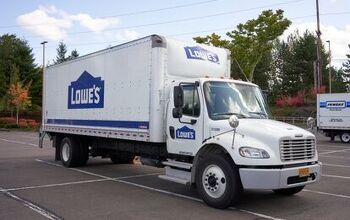
![10 Best Electric Lawn Mowers - [2022 Reviews & Top Rated Models]](https://cdn-fastly.upgradedhome.com/media/2023/07/31/9070486/10-best-electric-lawn-mowers-2022-reviews-top-rated-models.jpg?size=350x220)
